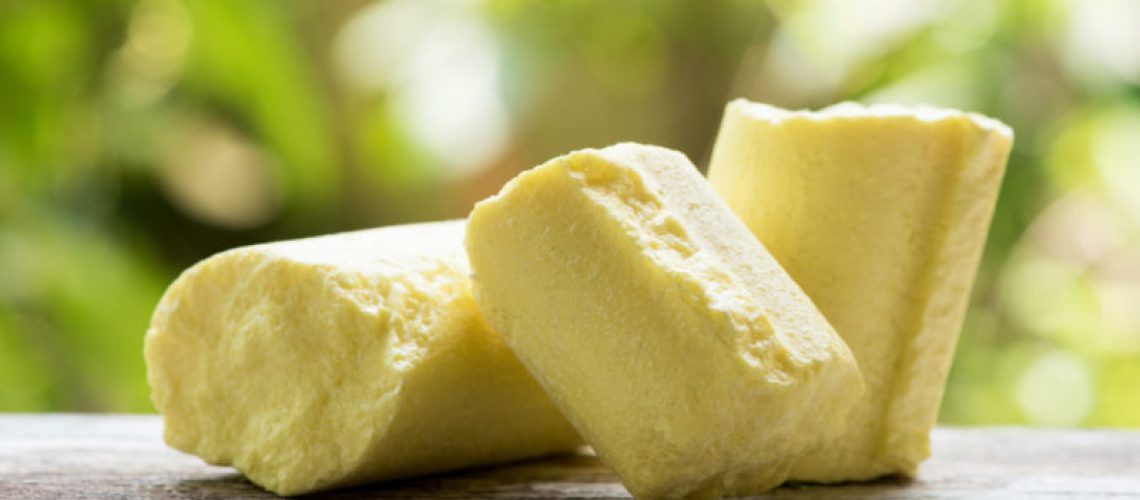- When it comes to indulging in a sweet treat, frozen yogurt and ice cream are two popular options that often compete for our attention. Both desserts offer a delightful, creamy texture and a range of flavors to satisfy our taste buds. However, many people wonder which one is the healthier choice. In this comprehensive guide, we will delve into the nutritional profiles of frozen yogurt and ice cream, compare their key differences, and explore some important factors to consider when choosing between the two.
- Frozen yogurt, as the name suggests, is made from yogurt that has been frozen. It typically contains milk solids, milk fat, sweeteners, and live bacterial cultures. The live cultures in frozen yogurt, such as Lactobacillus and Bifidobacterium, are known as probiotics, which can have potential health benefits for digestion and gut health. Probiotics may also enhance the body’s immune system and aid in nutrient absorption.
- On the other hand, ice cream is made from a mixture of cream, milk, sugar, and sometimes eggs. The high fat content in ice cream contributes to its rich and creamy texture. Ice cream is churned during the freezing process, resulting in a higher fat content compared to frozen yogurt.
- One of the main factors to consider when comparing the healthiness of frozen yogurt and ice cream is their nutritional content. Frozen yogurt generally has a lower fat content compared to ice cream. A typical serving of frozen yogurt contains around 2-4 grams of fat per 100 grams, while the same amount of ice cream can contain anywhere from 10-18 grams of fat. This makes frozen yogurt a preferable option for individuals looking to reduce their fat intake.
- Another nutritional aspect to consider is the calorie content. Due to the lower fat content, frozen yogurt typically contains fewer calories than ice cream. However, it’s important to note that the calorie count can vary depending on the brand, flavor, and toppings added. In general, frozen yogurt contains around 110-150 calories per half-cup serving, while ice cream can contain 140-250 calories for the same portion size.
- When it comes to protein content, frozen yogurt often has a slight edge over ice cream. Since yogurt is made from milk, it naturally contains more protein than cream. Protein is essential for various bodily functions, including muscle repair and growth, and it can also help keep you feeling fuller for longer. However, the difference in protein content between frozen yogurt and ice cream is not significant enough to be the sole determining factor in choosing one over the other.
- One area where frozen yogurt clearly stands out is its live cultures or probiotics. These beneficial bacteria are known to promote a healthy gut and may have a positive impact on overall digestive health. Ice cream, unfortunately, does not offer the same probiotic benefits. If gut health is a priority for you, frozen yogurt might be a more favorable choice.
- While frozen yogurt does have its health advantages, it’s essential to consider other factors that can influence the overall healthiness of your dessert. Toppings play a significant role in the nutritional value of both frozen yogurt and ice cream. Adding fresh fruits, nuts, or granola can provide additional vitamins, minerals, and fiber, making your dessert more nutritious. However, if you opt for sugary syrups, candy, or excessive amounts of chocolate and caramel toppings, the calorie and sugar content can increase significantly.
- It’s also worth noting that some frozen yogurt and ice cream products on the market may contain artificial additives, sweeteners, and flavors. Reading the ingredient labels and choosing products with minimal additives and natural ingredients is a wise approach to ensure you are making a healthier choice.
- Ultimately, whether frozen yogurt or ice cream is healthier for you depends on your specific dietary needs and preferences. If you are watching your fat intake or prefer a dessert with potential probiotic benefits, frozen yogurt may be a suitable choice. On the other hand, if you prioritize a rich, creamy texture and are not as concerned about fat content or probiotics, ice cream could be your preferred indulgence.
- In conclusion, when comparing frozen yogurt and ice cream, it’s clear that frozen yogurt generally offers a lower fat content, fewer calories, and the potential benefits of probiotics. However, it’s important to consider the overall nutritional value, toppings, and ingredient quality when making a choice. Moderation and mindful consumption should always be practiced when enjoying these frozen delights.
Doctor and a Freelance Writer at ascotvapes.co.uk
Medicine, Queen Mary University of London
Monika Wassermann is a doctor and a freelance writer based in the UK who lives with her cat Buddy. She writes across several verticals, including life, health, sex and love, relationships and fitness. Her three great loves are Victorian novels, Lebanese cuisine, and vintage markets. When she’s not writing, you can find her trying to meditate more, weightlifting, or wandering around in town.
[email protected]
Monika Wassermann is a doctor and a freelance writer based in the UK who lives with her cat Buddy. She writes across several verticals, including life, health, sex and love, relationships and fitness. Her three great loves are Victorian novels, Lebanese cuisine, and vintage markets. When she’s not writing, you can find her trying to meditate more, weightlifting, or wandering around in town.
[email protected]
Latest posts by Monika Wasserman (see all)
- Frozen Yogurt vs. Ice Cream: Is One Healthier? - September 15, 2023
- Foods with Sulfur: What You Should Know - September 15, 2023
- Where Can I Buy Delta 10 THC Vapes - September 15, 2023



